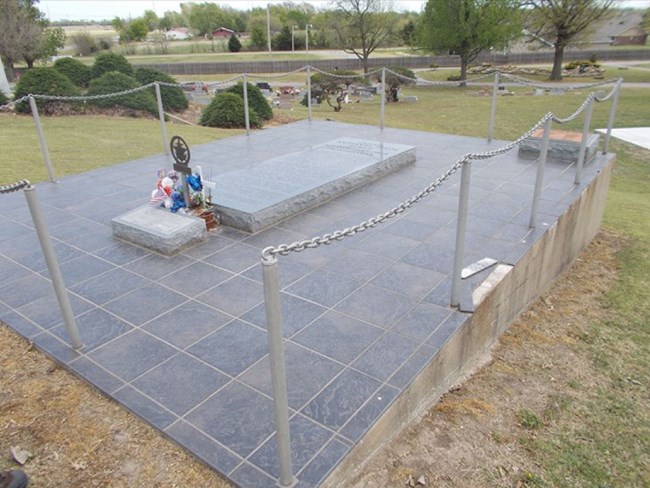Last updated: June 2, 2022
Article
What happened to Nathaniel Pryor after the Lewis and Clark Expedition?

Photo: Creative Commons, 2.0
Let's look into the post-expedition life of Nathaniel Pryor.
While he was born (date unknown) and grew up in Amherst County, Virginia, his family moved to Louisville, Kentucky when he was about 11 years old. He and fellow Corps of Discovery member, Charles Floyd, were cousins and both were assigned as sergeants in the outfit (along with John Ordway and later Patrick Gass). While all of the sergeants were expected to keep a journal during the Expedition, Pryor’s has never been found.
It’s likely that Pryor had carpentry skills because during the construction of Camp River Dubois he supervised men assigned to sawing planks and he instructed others on repairing two Indian canoes the captains purchased at Fort Clatsop.
Following the Lewis and Clark Expedition, he was promoted to the rank of second lieutenant in the First Infantry, but only remained in the Army for about four more years, leaving to become a trader in 1810. Shortly after, Pryor received a license from Clark, then Indian agent for the Louisiana Territory, to trade with the Winnebago Indians and he established a profitable business at Julien Dubuque’s lead mines in Iowa where he “was rapidly distributing through the Tribes the comforts and conveniences of civilization.”
Pryor re-enlisted in the U.S. Army just prior to the War of 1812. By August 1813 he was promoted to first lieutenant in the 44th Infantry, and one month later he moved up to captain, the rank he held when participating in the Battle of New Orleans in January 1815. Once the war ended he returned to his trading business, opening a post on the Arkansas River to serve the Osage people. A few years later, another new post was established on the Canadian River in Oklahoma Territory, where he also served as an unpaid, unofficial interpreter and mediator for the Osage. In 1830, Clark appointed him temporary sub-agent for Cler-mónt’s band of Osages, earning $500 per year. He died shortly thereafter and is buried in his namesake Pryor, Oklahoma, where there is a monument in his honor.
William Clark named two small tributaries of the Yellowstone River for Pryor – probably in error. Both were named Pryor’s River -- the first is known today as Dry Creek, and the second still carries his name as Pryor’s Creek, which enters the Yellowstone in today’s Huntley, Montana, just east of Billings.
